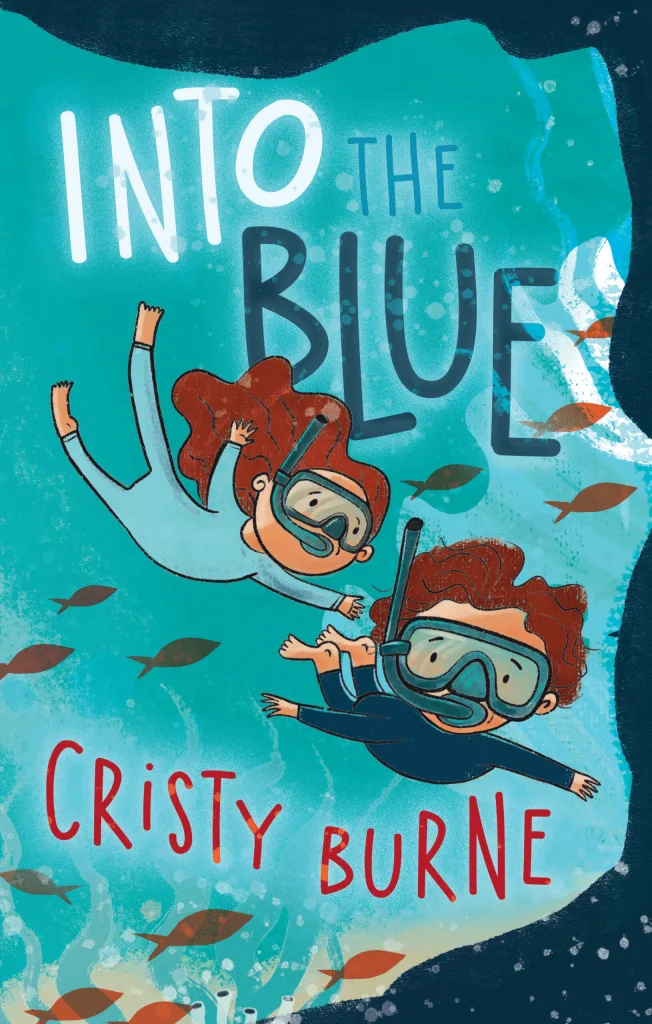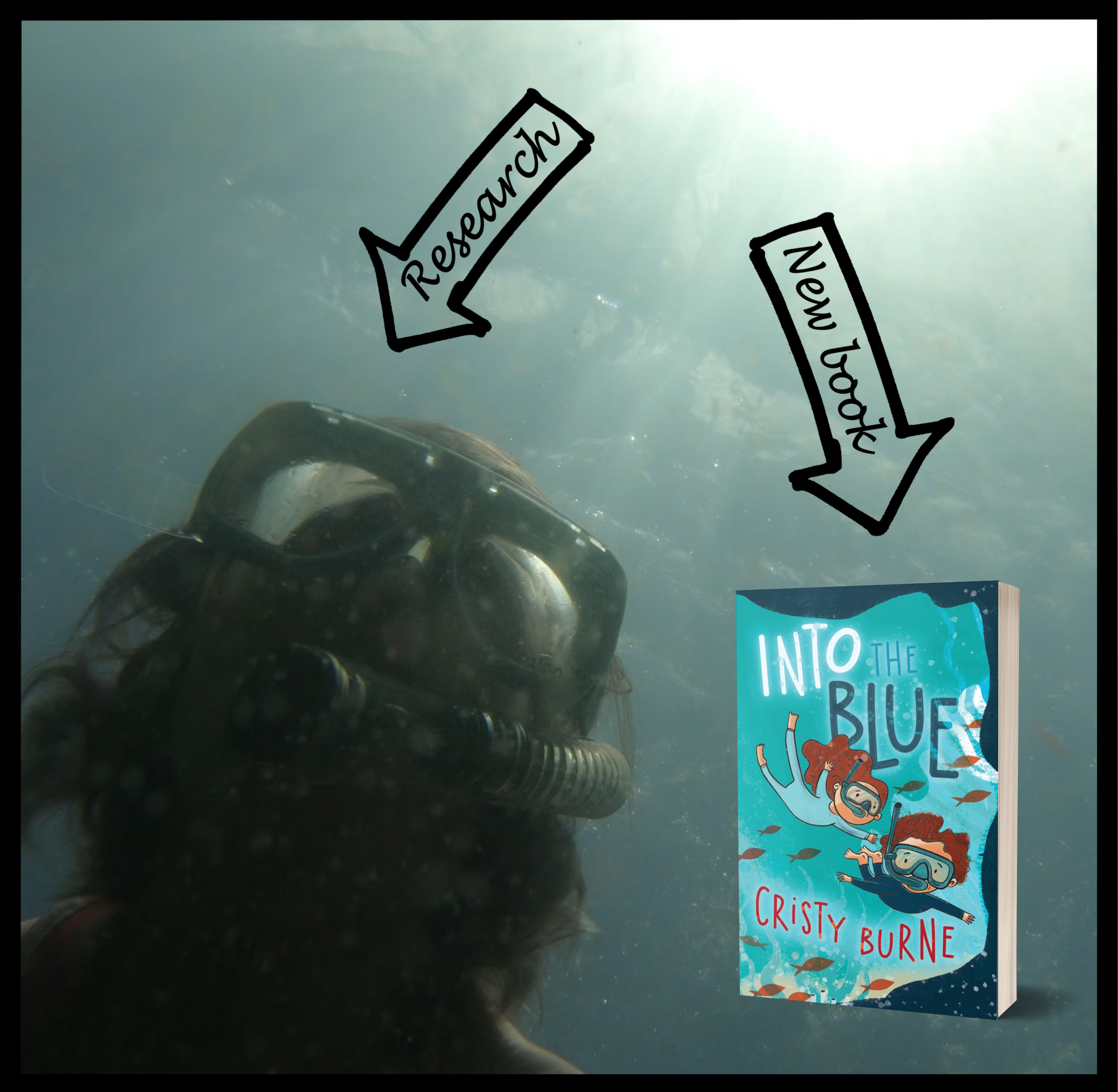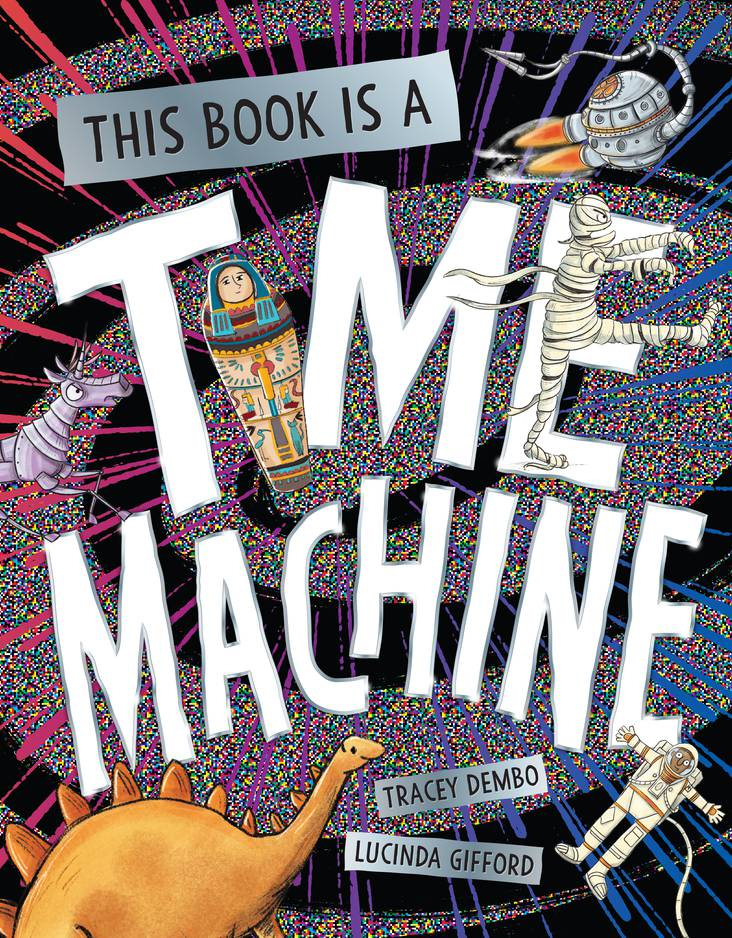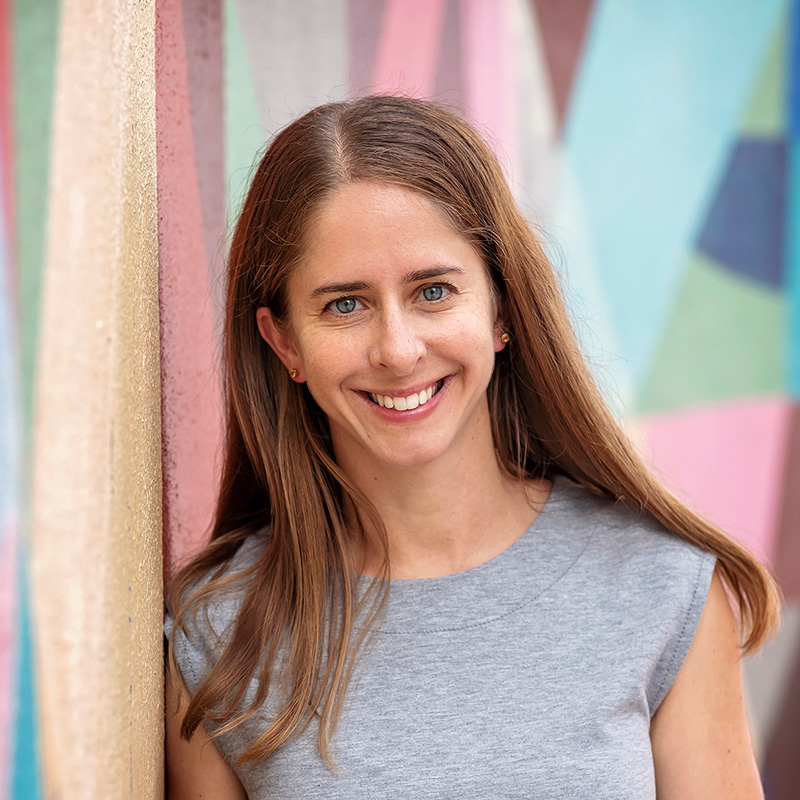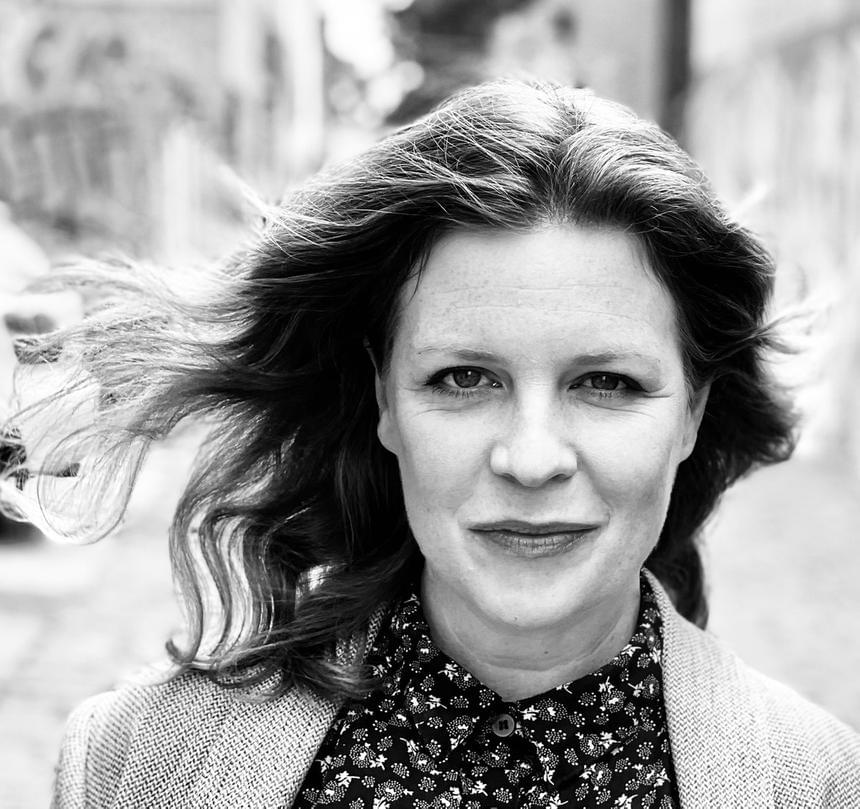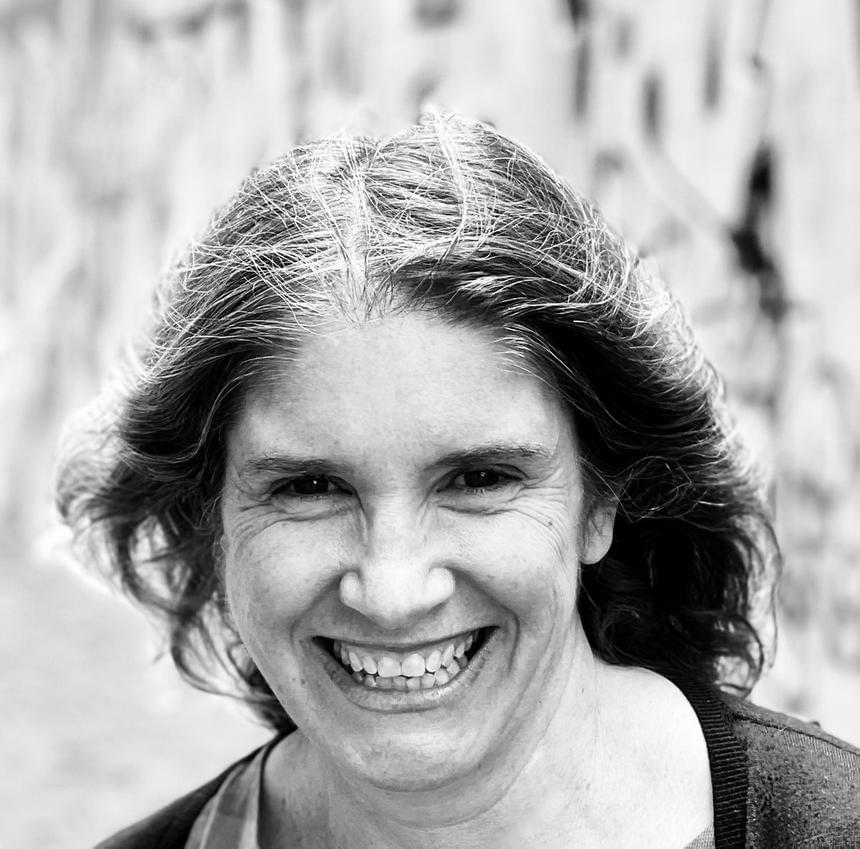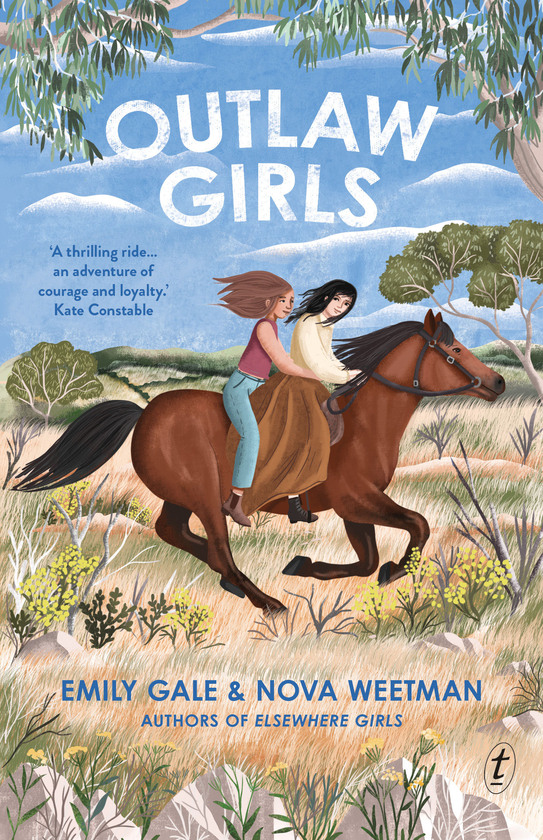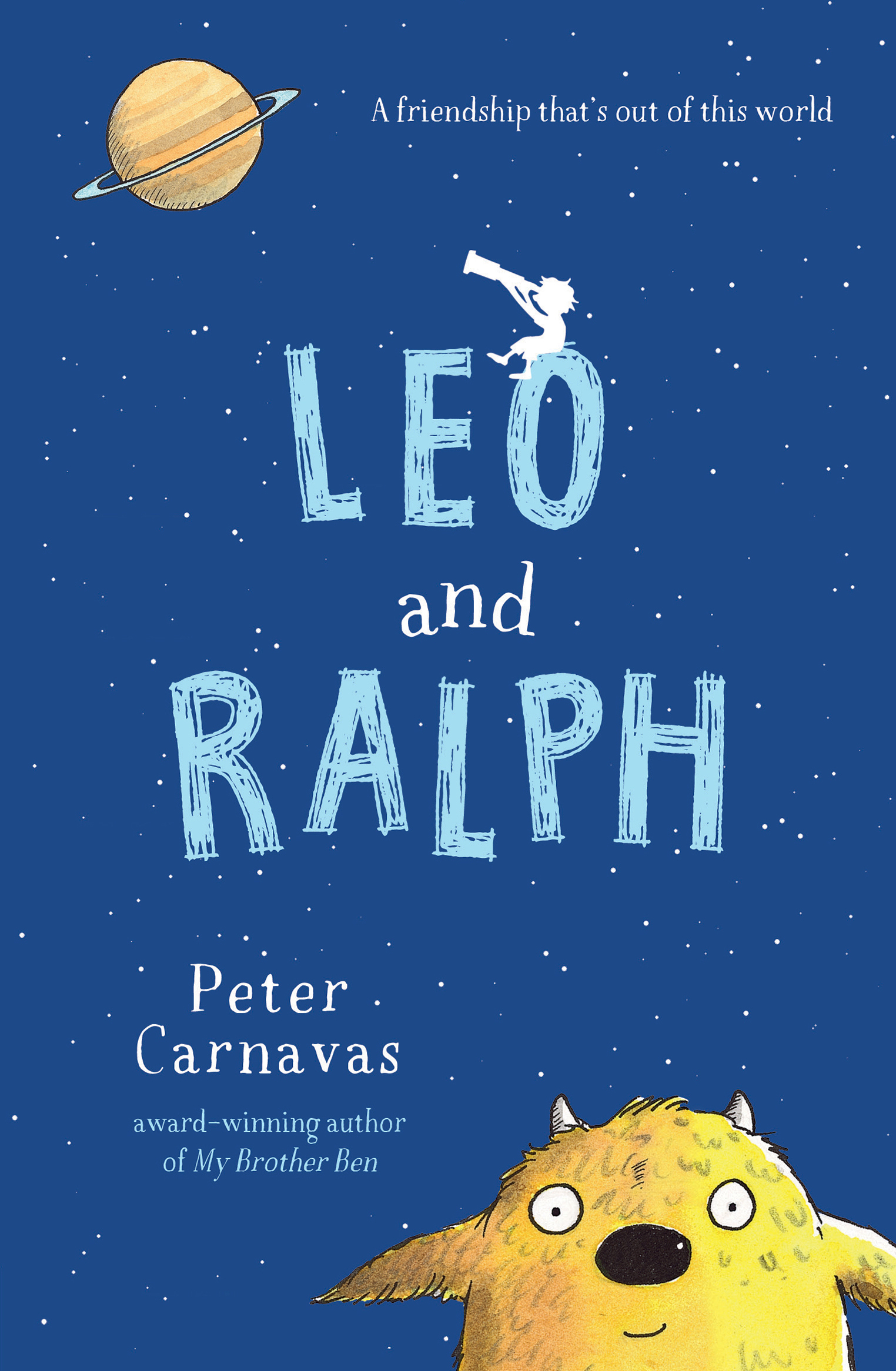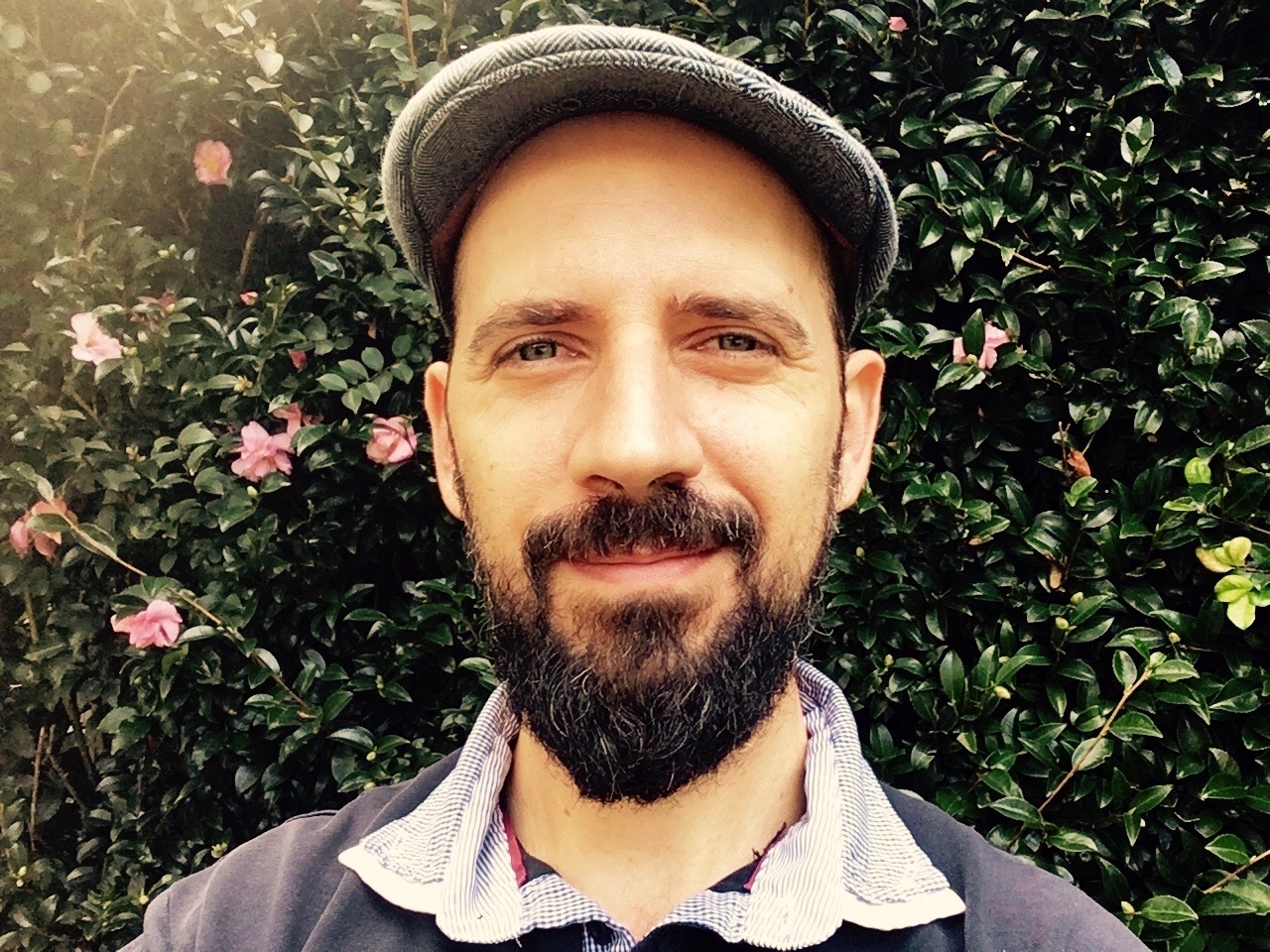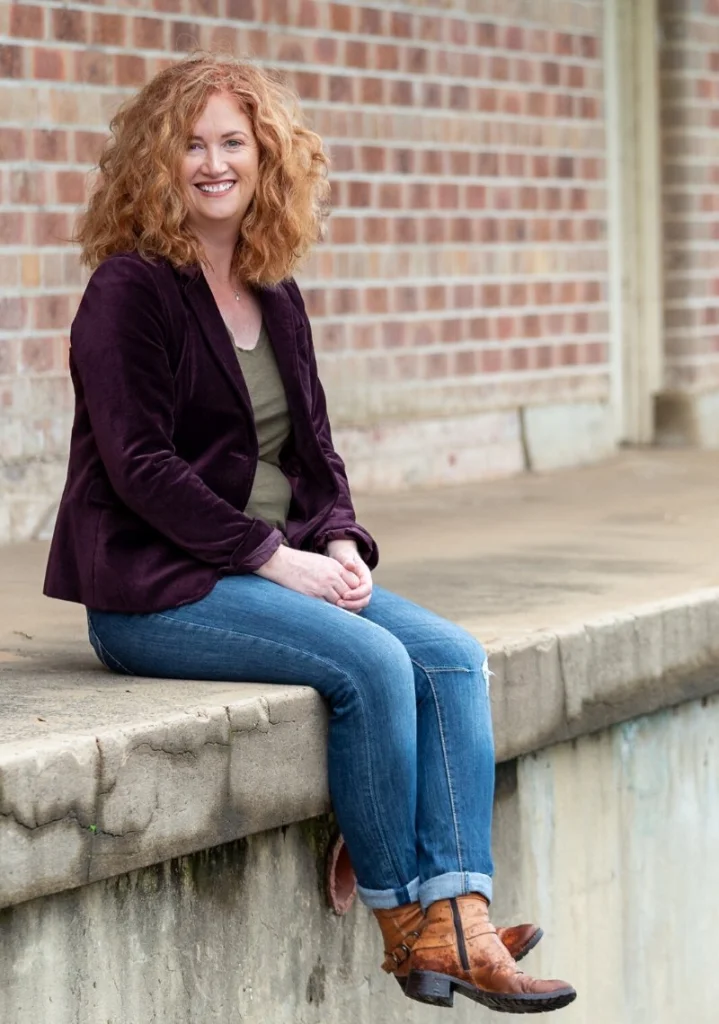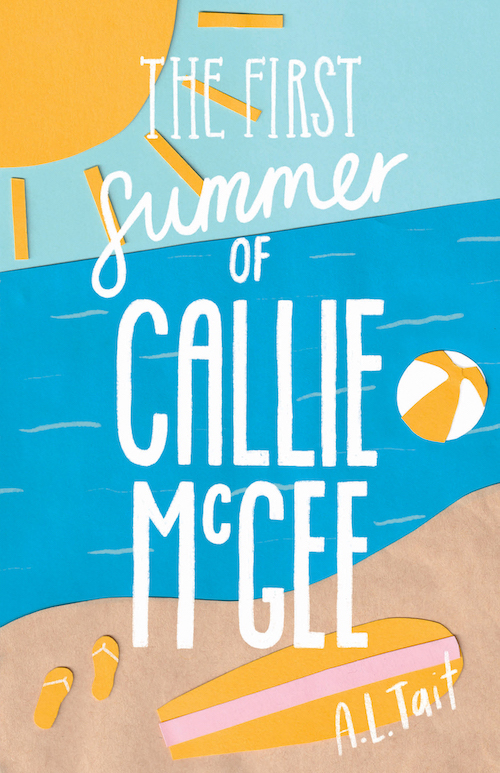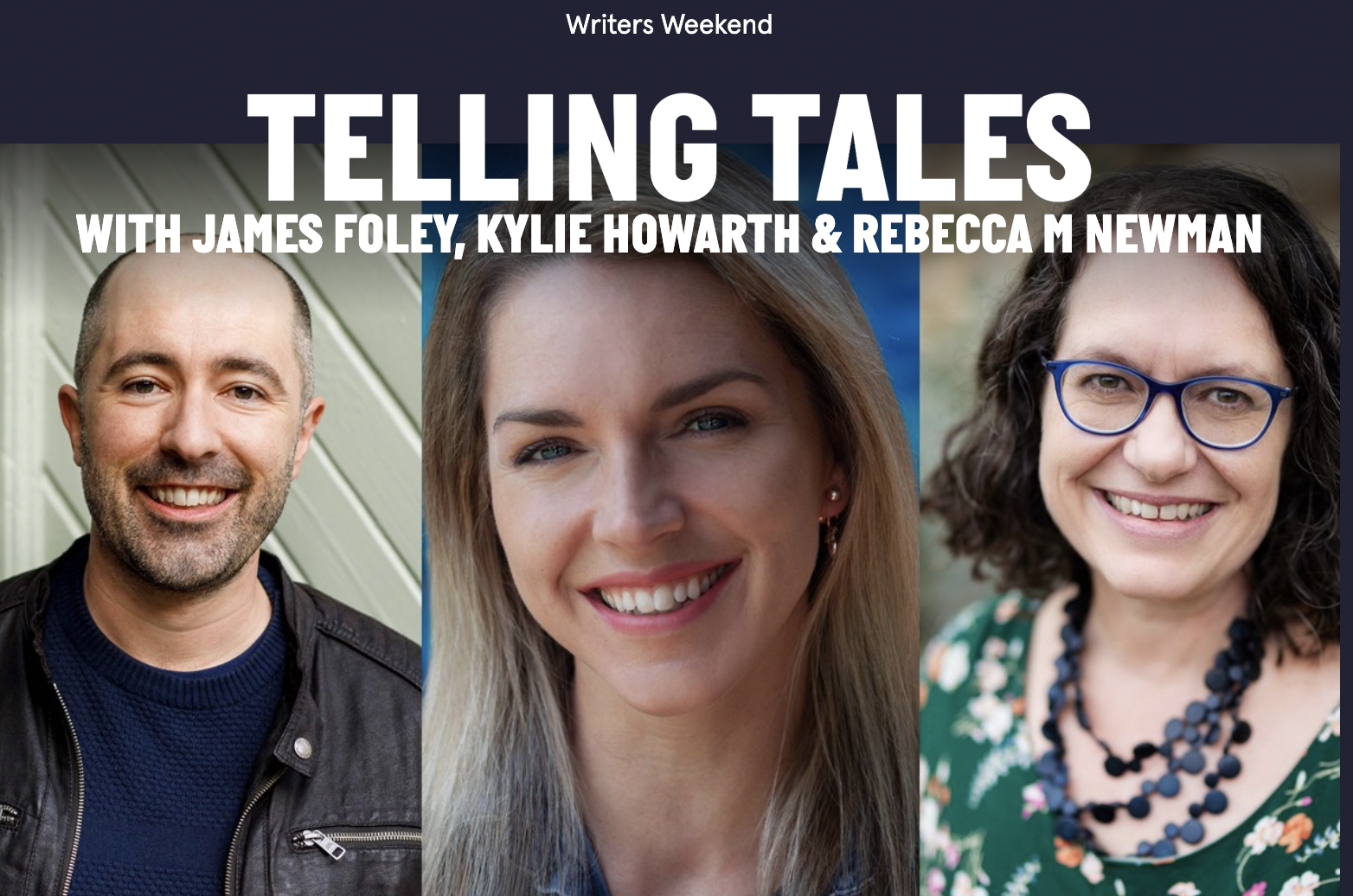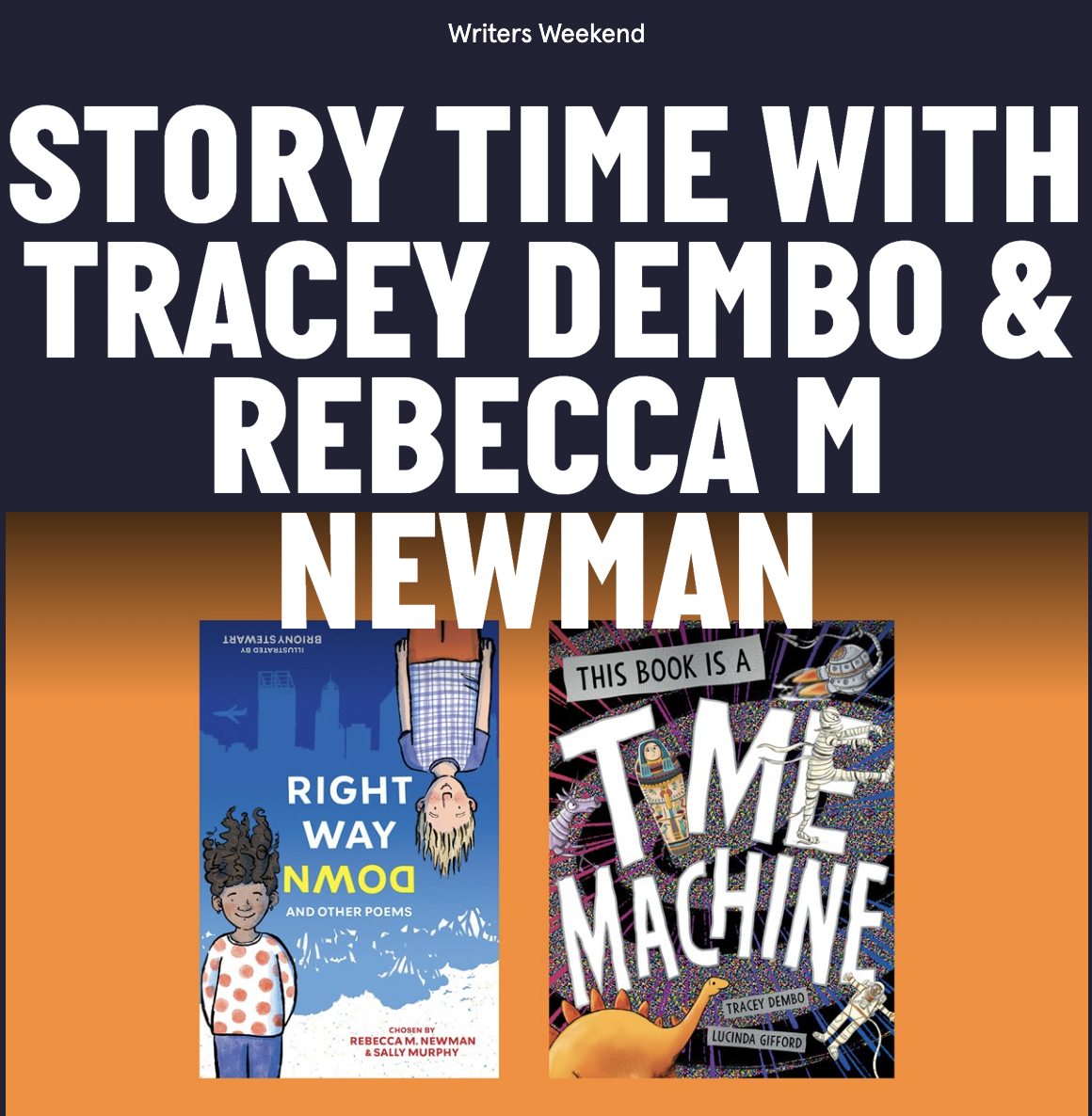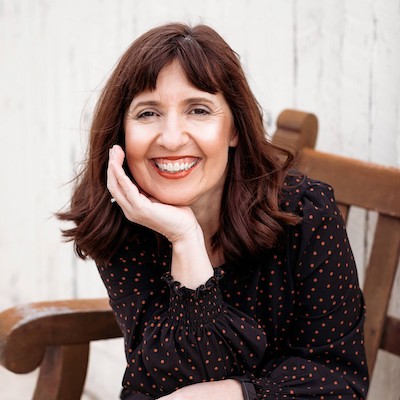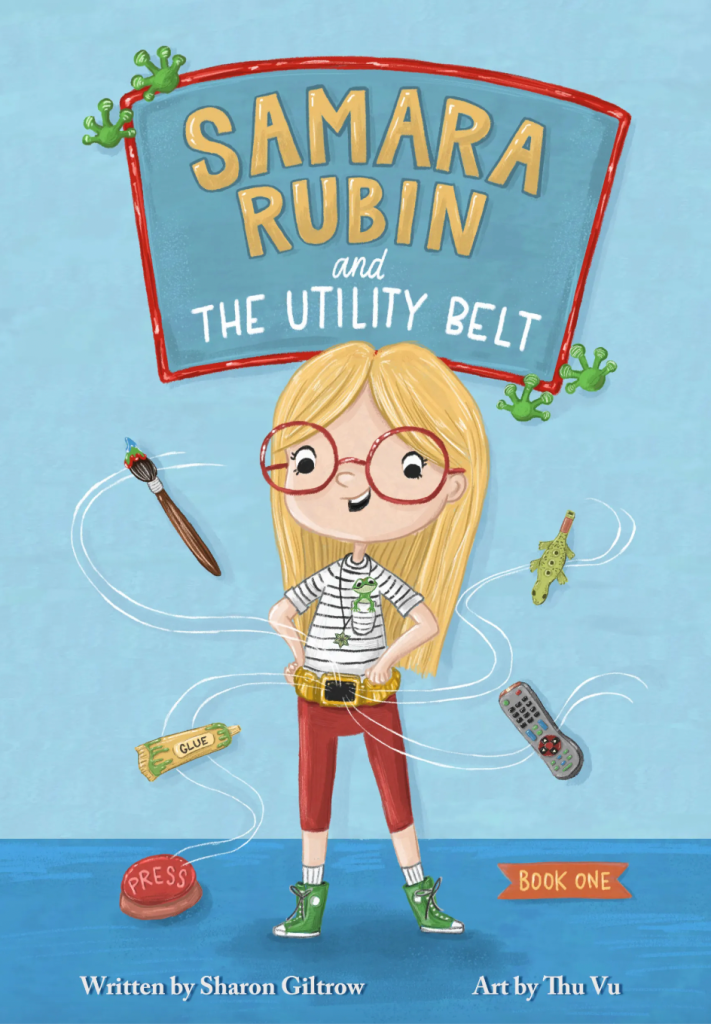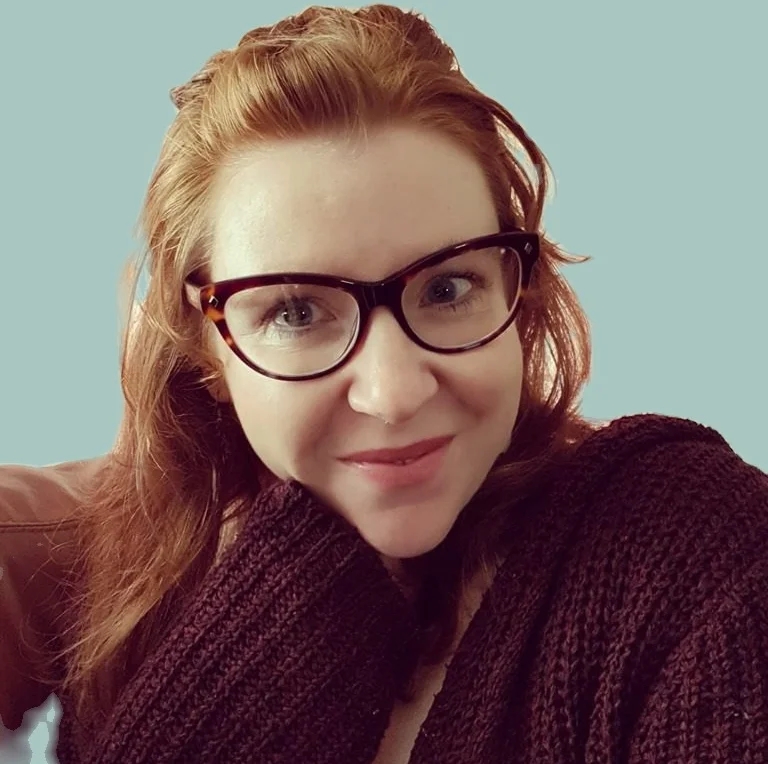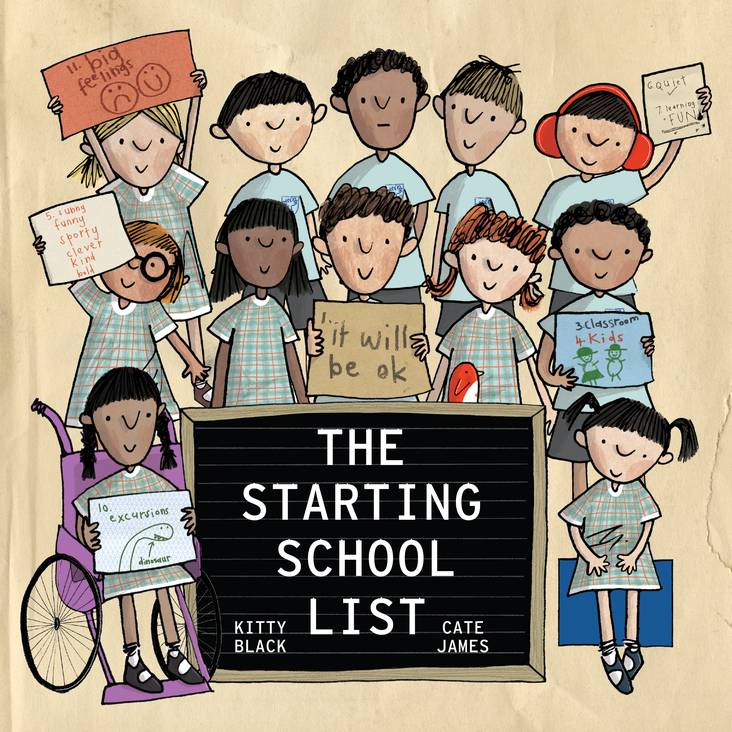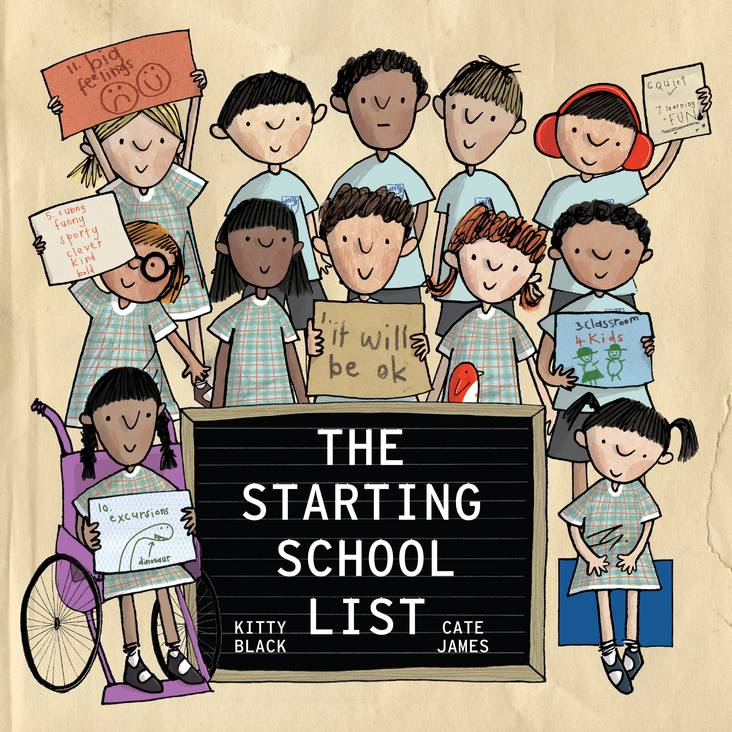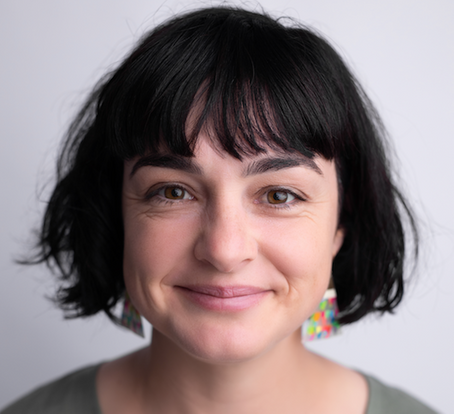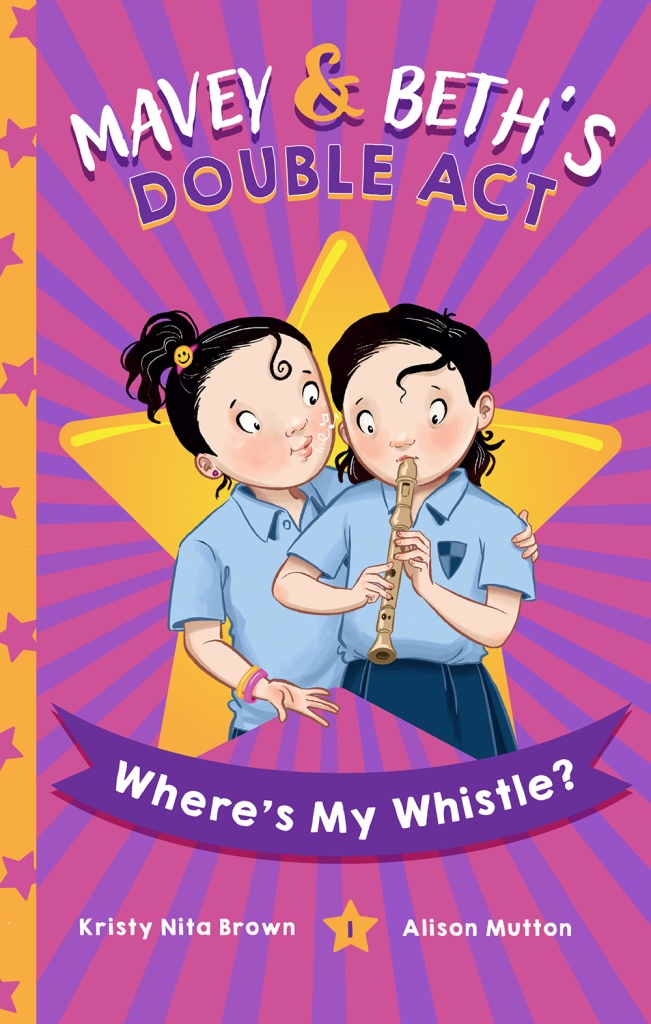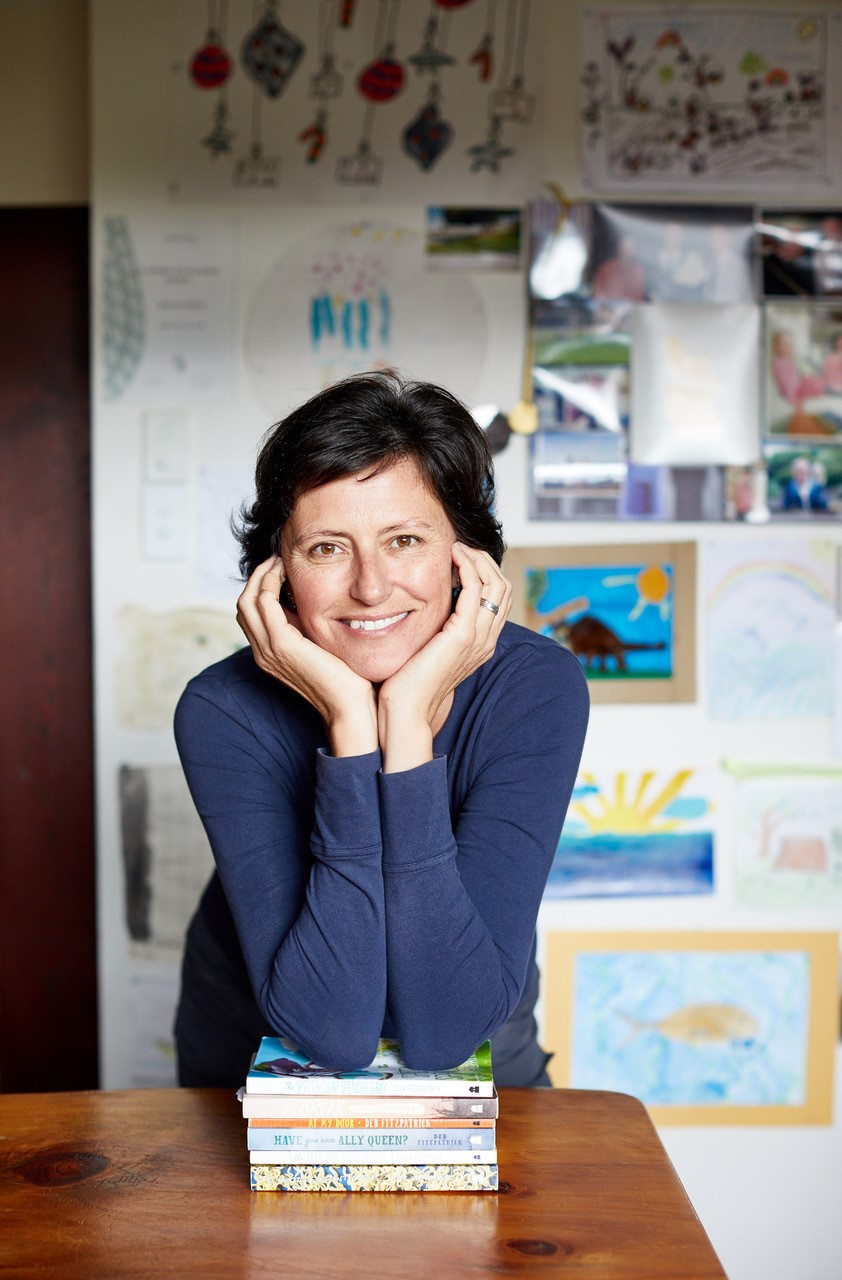
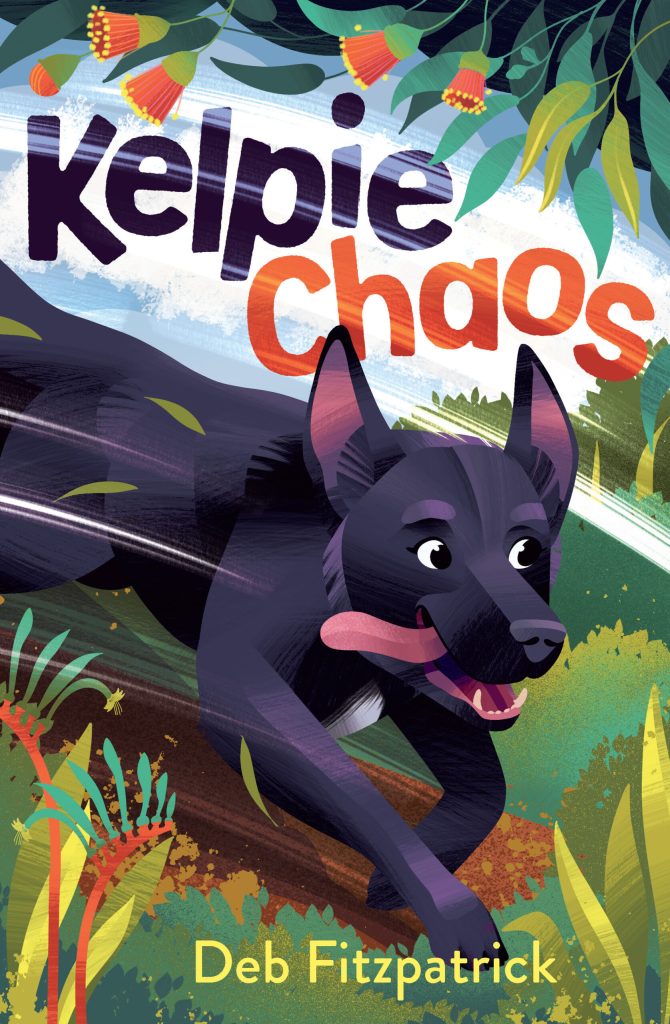
Deb Fitzpatrick writes for adults, young adults and children. She loves using stories from real life in her novels and regularly teaches creative writing to people of all ages. Deb’s own dog is a kelpie, who is absolutely not a failed sheep dog. Today we’re talking to Deb about her latest novel, Kelpie Chaos.
From the publisher:
A kelpie puppy is about to be sent to the pound and Eli knows he has to do something. After adopting the flame-chested kelpie, now named Zoom, the family falls in love, but they soon learn there’s a lot involved in raising a dog. Especially a working dog, who is hardwired to round up pretty much everything … even socks. When Zoom goes missing on a family bushwalk, the family sets out on a frantic search. What mischief could a dog get up to in the bush?
Can you tell us a bit about your own dog?
First thing I need to say here is I adore our dog, Louie. He really is our fur-baby!! He is a kelpie crossed with Australian shepherd, just like Zoom in Kelpie Chaos. And just like Zoom, he can be cheeky. Louie is black all over and has a small white flame on his chest, is dead handsome and smart-as. He has a huge loving heart, prefers people to dogs, and loves to take us on walks as frequently as possible!
Louie was a huge inspiration for Zoom in Kelpie Chaos, along with a story another dog-walker told me about her father’s kelpie. This kelpie would spend all day with him out at work on construction sites in the country. One day he disappeared, and what happened next became part of the book.
What’s the naughtiest thing your dog has ever done?
Thankfully, our dog Louie isn’t very naughty, except when it comes to chasing cats. By far the naughtiest dog we’ve ever owned was a gorgeous, intelligent and seriously cheeky fox terrier, when we lived in Costa Rica. We used to call him Chester the English Fox Terrier. My husband had gone to a lot of effort to bake a cake one morning and he left it to cool on the counter while the two of us went out to work. When we returned home, the cake was just crumbs all over the floor. Chester the English Fox Terrier did not spend that night inside with us, put it that way. I re-imagined this story in Kelpie Chaos, changing it to suit the book. I love to take things from real life and mash them into my fiction, as some of your readers may know from my other books.
What are some of your favourite books about dogs?
There are so many brilliant books about dogs and the connection between children and their dogs. There are several picture books about dogs that I particularly love, starting with Dog In, Cat Out by Gillian Rubinstein, which I read with my kids when they were younger. More recently, I love Briony Stewart’s Magoo books and When Billy was a Dog by Kirsty Murray and Karen Blair. Dianne Wolfer’s Scout and the Rescue Dogs is a huge personal favourite and I’m so happy to see it shortlisted in multiple literary awards this year! When I was a kid I adored Lassie Come-Home by Eric Knight and then developed an obsession with the television show ‘Lassie’. Finally, I have to mention the ABC TV documentary series about working dogs, ‘Muster Dogs’, which I can’t get enough of. Those beautiful kelpies and border collies!
Do you have a word prompt or scenario you’d like to challenge young readers to try?
Here’s my challenge to Alphabet Soup readers: Write a scene or story, poem or song about your dog (or other beloved pet). Weave in a human character who is a bit like you and feel free to tweak a few details and add an event to make the story funnier or more dramatic. Have fun and see where it takes you! That’s pretty much all I do with my writing, and somehow I now have a small pile of novels with my name on them!
What’s next for you and your writing projects?
I’m halfway through the first draft of a new book – similar to Kelpie Chaos and also for middle readers,but this one’s about a different animal and a different family … It has adventure-in-the-forest vibes and that’s all I’m willing to reveal at this stage! Watch this space!
Kelpie Chaos is out now! Ask for it at your favourite bookshop or local library.
AWESOME EXTRAS:
Take a sneak peek inside the book!
Download the Teachers’ Notes for Kelpie Chaos
Visit Deb Fitzpatrick’s website for more about her and her books.



